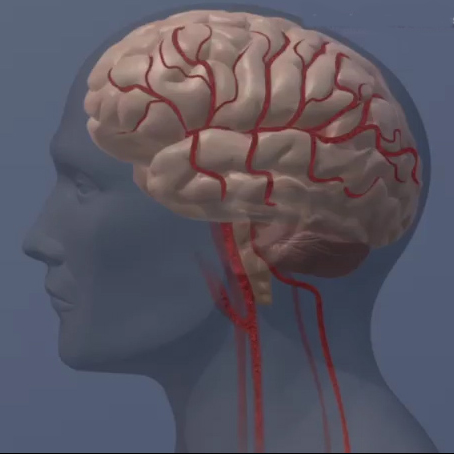
Source: American Heart Association
For the first time ever, there are now guidelines for preventing strokes in women. A stroke, which is also known as a brain attack, happens when blood suddenly stops flowing to the brain. The most common reason why is because a clot has formed inside a blood vessel. About 20 percent of the time, a stroke occurs because an artery bursts and bleeds into the brain.
Blood carries oxygen and nutrients to the brain and without it, brain cells begin to die — quickly. The damage may happen inside the brain, but it can affect all parts of the body. Some people will have trouble speaking, swallowing, thinking, or walking. Others may feel weak or numb or be in pain. A stroke may also cause paralysis and it can kill.
Men and women share several risk factors for stroke
- High blood pressure
- Heart disease
- Smoking
- Diabetes
- High cholesterol
- Physical inactivity
- Age
- Obesity
More women have strokes than men
- Of the 795,000 strokes that happen in the United States every year, more than 53 percent are in women.
- Stroke is the third leading cause of death in women and the fifth leading cause of death in men. It is the fourth leading cause of death overall.
- Black and Hispanic women have a greater rate of stroke than white women.
- High blood pressure related to pregnancy is a leading cause of strokes in younger women who are pregnant or post-partum.
Some risk factors are unique to women
- Pregnancy
- Preeclampsia
- Gestational diabetes
- Oral contraceptive use
- Postmenopausal hormone use
- Changes in hormonal status
Risk factors much more prevalent in women
- Migraine with aura
- Atrial fibrillation
- Diabetes
- High blood pressure
- Depression
- Psychosocial stress
New guidelines for preventing stroke in women
The American Heart Association/American Stroke Association Council on Stroke recently issued new guidelines for preventing strokes in women. They were written for health care professionals, particularly primary care providers and Ob/Gyns, but are meant to increase awareness among women as well.
Guidelines include:
- More accurate assessment of a woman’s stroke risk.
- Better awareness about stroke at younger ages.
- Low dose aspirin and/or a calcium supplement for pregnant women who have high blood pressure or developed it during a previous pregnancy.
- Pregnant women with moderately high blood pressure should be considered for treatment and those with severely high blood pressure (160/110 or above) should be treated with blood pressure medicine.
- Because women with preeclampsia have twice the risk of stroke and four times the risk of high blood pressure later in life, it should be seen as a risk factor well after pregnancy.
- Women with preeclampsia who are obese, smoke or have high cholesterol should be treated early for those issues.
- Blood pressure should be screened before prescribing hormonal birth control.
- Women who have migraine headaches with an aura and are smokers, should quit smoking to lower their risk of stroke.
- Women over age 75 should be screened for atrial fibrillation.
- Further research into women’s stroke risks needs to be done.
For more information about the guidelines
If you are concerned about your risk of stroke, it’s important to have a discussion with your health care provider. You can get more information about the guidelines on the American Heart Association website. If you’d like to read all of the guidelines in detail, they were published in the February 6 issue of Stroke, the Journal of the American Heart Association.
What to do if you think you’re having a stroke
Call 9-1-1 immediatiately!
If you aren’t sure about the signs of a stroke , think F.A.S.T.
F – Face drooping
Does one side of the face droop or is it numb?
A – Arm weakness
Is one arm weak or numb?
S – Speech difficulty
Is speech slurred?
T – Time to call 9-1-1
Even if symptoms go away, call 9-1-1 immediately.
If someone is having a stroke, it’s critical to get medical attention right away. Acting FAST can help prevent long-term effects and even death.


Leave A Comment